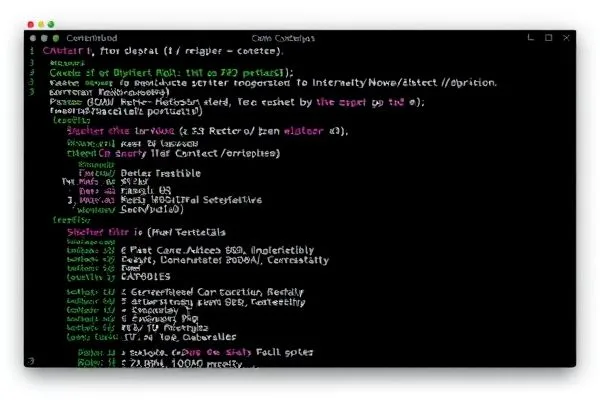In today’s competitive landscape, enterprises must embrace Artificial Intelligence (AI) to remain relevant. However, organizations that prioritize data integrity and privacy face unique challenges in implementing AI solutions. This guide is tailored explicitly for risk-sensitive enterprises seeking to initiate their AI adoption strategy without compromising on security or compliance.
As businesses look to integrate AI into their operations, it is vital to establish frameworks that optimize accuracy while safeguarding sensitive information. Here are several strategies to consider:
First, optimizing Large Language Model (LLM) accuracy is essential. By fine-tuning these models to align with specific organizational goals, enterprises can enhance decision-making processes while minimizing the risk of erroneous outputs that could jeopardize data integrity.
Secondly, adding guardrails ensures that AI systems operate within predefined parameters. This involves implementing comprehensive governance practices that outline acceptable use cases and set boundaries to mitigate risks associated with AI misuse.
Lastly, running AI models locally within the existing workflow can further protect sensitive data. This approach reduces reliance on third-party platforms and cloud services, helping organizations maintain greater control over their data while leveraging the benefits of AI.
As organizations embark on their AI journeys, embracing these techniques will allow them to balance innovation with vigilance, fostering a culture of safety and compliance.
Takeaways:
1. AI adoption must prioritize data integrity and privacy to minimize risks in risk-sensitive enterprises.
2. Enhancing LLM accuracy can significantly improve decision-making while preserving data security.
3. Localizing AI model deployment helps maintain control over sensitive information, mitigating exposure to external threats.
FAQs:
1. What are the primary risks associated with AI adoption for sensitive data?
Risks include data breaches, compliance violations, and erroneous model outputs that can compromise decision-making.
2. How can organizations ensure the ethical use of AI?
Implementing robust governance frameworks and ethical guidelines helps establish boundaries for AI application, ensuring responsible usage.
3. What role do guardrails play in AI implementation?
Guardrails provide essential boundaries that govern AI activity, helping to prevent misuse and ensure that systems operate safely within established parameters.
For further insights into securing AI in enterprise environments, consider exploring resources from the National Institute of Standards and Technology (NIST) on AI risk management practices: [NIST AI Risk Management](https://www.nist.gov/)









